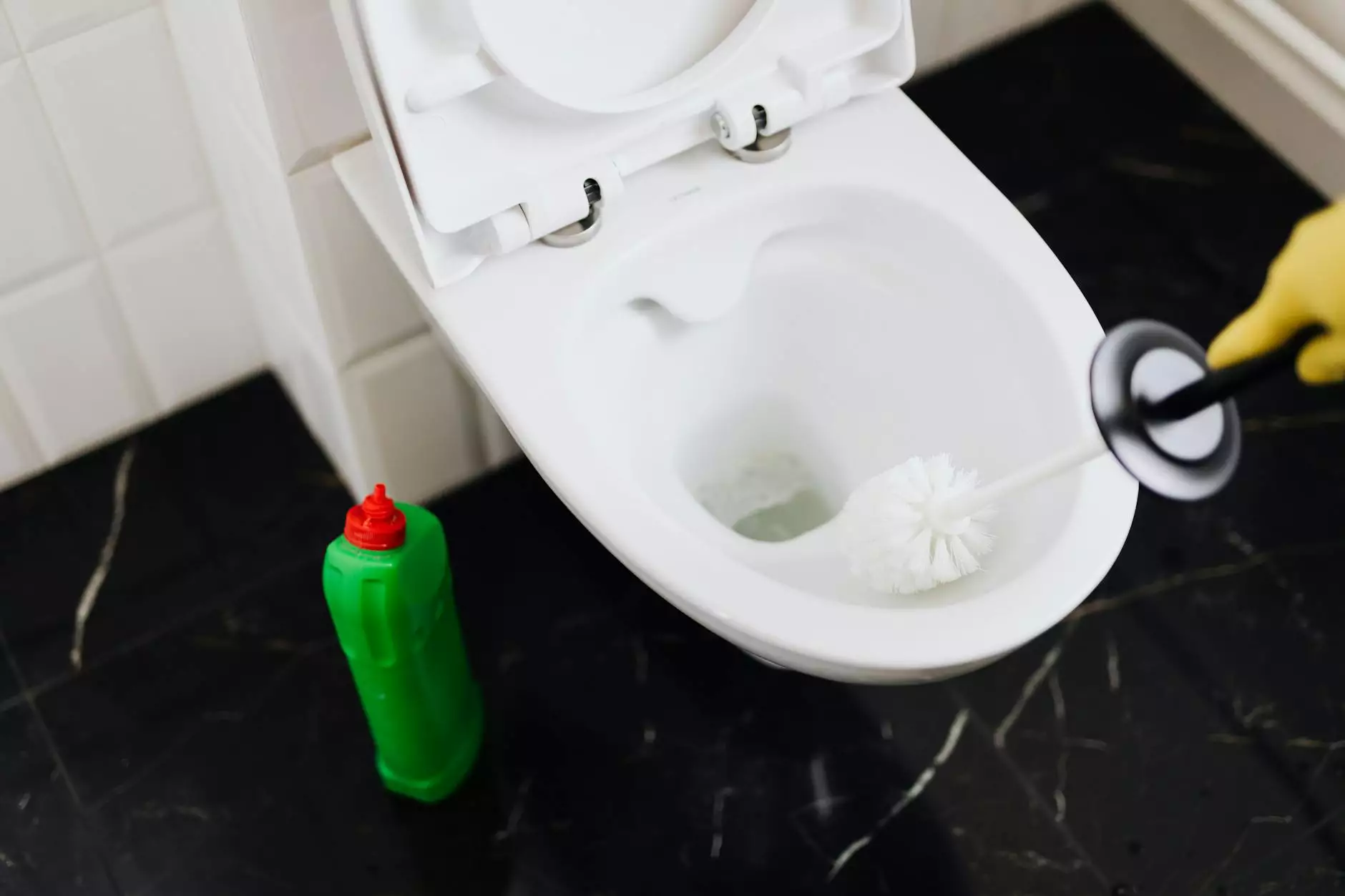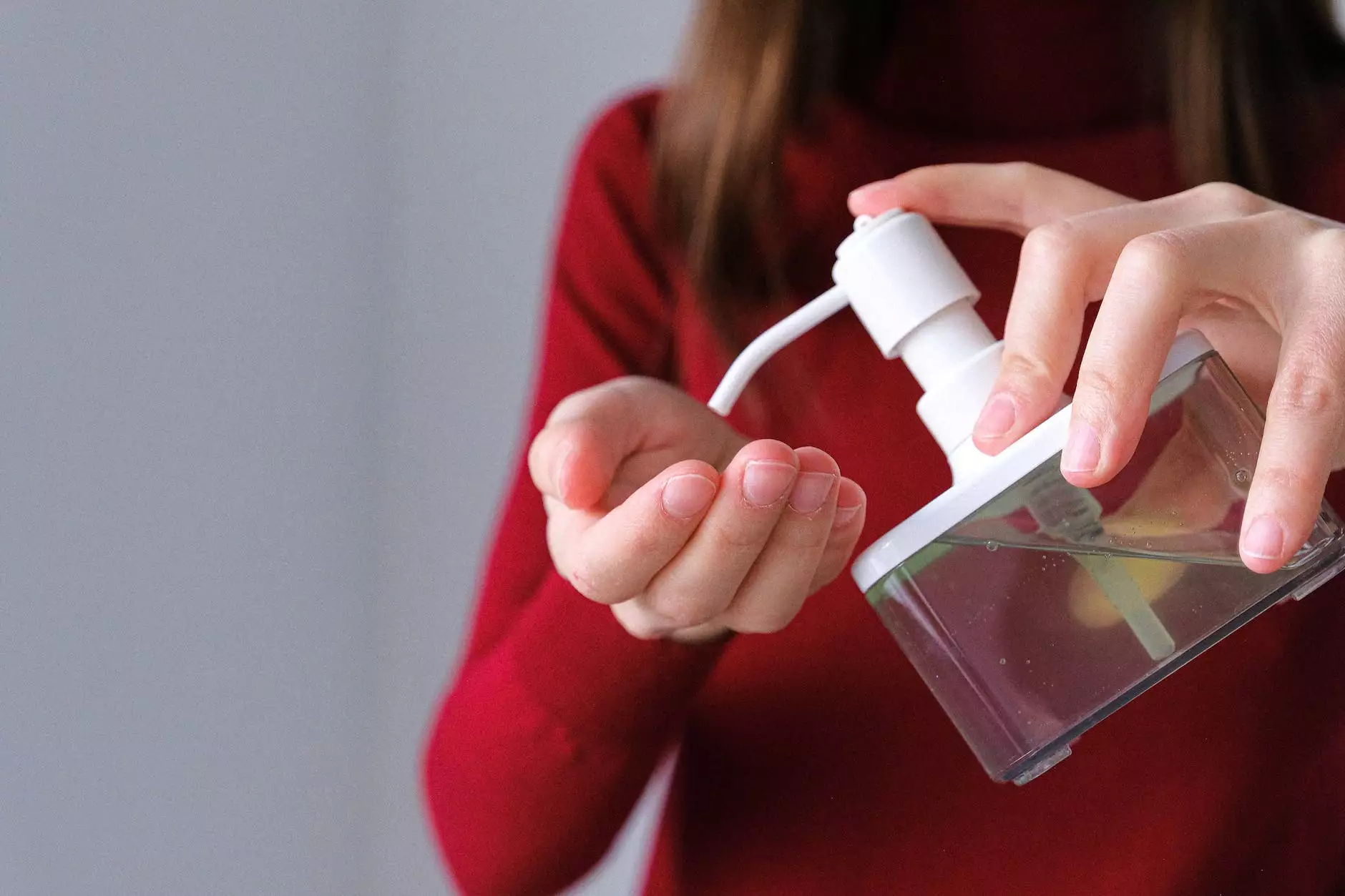Understanding Semaglutide: How Much Bacteriostatic Water to Mix

Semaglutide has emerged as a groundbreaking treatment option for individuals seeking to manage their weight and improve their overall health. As a powerful GLP-1 receptor agonist, semaglutide mimics the effects of glucagon-like peptide-1, which can enhance insulin secretion, reduce appetite, and promote weight loss. However, to reap the benefits of this medication, it is critical to understand the correct preparation process, particularly how much bacteriostatic water to mix with semaglutide.
What is Bacteriostatic Water?
Bacteriostatic water is a sterile water solution containing 0.9% benzyl alcohol as a preservative, which prevents the growth of bacteria. It is commonly used to dilute medications for injections and is often utilized in the mixing of lyophilized (freeze-dried) drugs like semaglutide.
Preparing Semaglutide: A Step-by-Step Guide
Understanding the Importance of Proper Mixing
Before delving into how much bacteriostatic water to mix with semaglutide, it’s essential to underscore the importance of proper mixing. Incorrect dilution can lead to ineffective dosing or potential side effects. Therefore, adhering to precise guidelines is vital for safe and effective treatment.
The Standard Mixture Ratio
Typically, the recommended guideline for mixing semaglutide with bacteriostatic water is to use a specific ratio to ensure the solution is at the appropriate concentration for injection. The most common dilution method involves:
- Using 1 mL of bacteriostatic water to mix with 2 mg of semaglutide.
- This gives a concentration of 2 mg/mL of semaglutide, which is ideal for dosing.
Step-by-Step Mixing Instructions
Follow these steps for the proper preparation of semaglutide:
- Gather Your Supplies: Before starting, collect all necessary supplies, including:
- Semaglutide vial
- Bacteriostatic water vial
- Syringe
- Alcohol swabs
- Sharps container
- Sanitize Your Workspace: Ensure you are working in a clean environment to minimize the risk of contamination. Use alcohol swabs to disinfect surfaces.
- Prepare the Vials: Clean the tops of both the semaglutide and bacteriostatic water vials with an alcohol swab. Allow them to dry completely.
- Draw the Bacteriostatic Water: Using the syringe, draw 1 mL of bacteriostatic water carefully. Make sure to avoid bubbles.
- Inject the Water into Semaglutide: With the syringe still in place, inject the bacteriostatic water into the semaglutide vial slowly. Aim for the glass wall of the vial to prevent foaming.
- Gently Swirl the Vial: After injecting the water, gently swirl the vial to dissolve the semaglutide completely. Avoid vigorous shaking, as it can damage the product.
- Store the Solution: Once mixed, the solution can be stored in the refrigerator. Ensure to label the vial with the date of mixing.
Important Considerations When Mixing Semaglutide
When preparing semaglutide for injection, keep the following points in mind:
- Always check expiration dates: Ensure the semaglutide and bacteriostatic water you are using have not expired.
- Avoid contamination: Never touch the needle or the inside of the vials. Always use alcohol swabs for cleaning.
- Dosage accuracy: Utilize a proper syringe with clear markings to ensure accurate dosing.
- Consult healthcare provider: Always discuss your dilution and injection plan with your healthcare provider for personalized advice.
The Benefits of Proper Dosing of Semaglutide
When mixed correctly, semaglutide can provide substantial benefits including:
- Weight Loss: Semaglutide has shown considerable results in clinical trials, helping individuals lose significant weight when combined with lifestyle changes.
- Improved Blood Sugar Control: By enhancing insulin secretion, semaglutide significantly improves glycemic control in individuals with type 2 diabetes.
- Reduced Risk of Cardiovascular Events: The drug also contributes to a lower risk of major cardiovascular events in adults with type 2 diabetes and established cardiovascular disease.
Potential Side Effects of Semaglutide
While semaglutide is effective for many, it’s important to be aware of potential side effects. Common side effects include:
- Nausea: Many users experience nausea, especially during initial doses.
- Diarrhea: Some people may suffer from gastrointestinal issues like diarrhea.
- Vomiting: This can occur in some patients and may lead to dehydration if not managed appropriately.
Conclusion: The Path to a Healthier You
In summary, understanding how much bacteriostatic water to mix with semaglutide is crucial for anyone looking to leverage this treatment for weight management or blood sugar control. By following the above guidelines, you can ensure that you are administering the medication effectively and safely.
As you embark on this journey toward improved health, remember that consulting with healthcare professionals and staying informed about your treatment are vital steps. Semaglutide, when used correctly, can be a powerful ally in achieving your health goals.
For more resources and expertise on health and wellness, visit skinnyquick.co.









